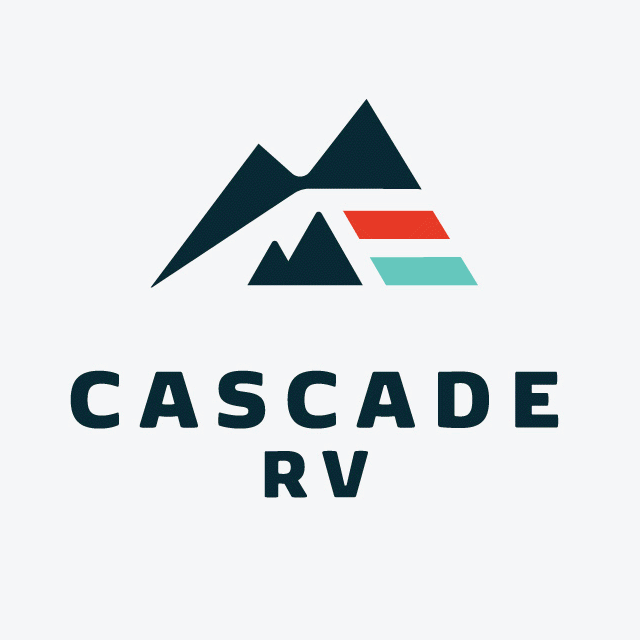
Photo by Marianne Bos
Terms like brand strategy, brand identity, and logo design get thrown around these days like confetti at the Democratic National Convention. But what's the difference? While interrelated, they all have distinct characteristics that are important to note.
Let's start with the brand strategy. It's probably the most important element involved with building your brand and if you have to choose between investing in brand strategy, logo design, or brand identity your best bet would be to invest in brand strategy. But what is brand strategy?
BRAND STRATEGY
Brand Strategy is a plan that maps out how your brand will be expressed visually, verbally, internally, and externally to key stakeholders and customers. Have you ever tried making a recipe without knowing which ingredients to include, what temperature to set the oven to, or how long to cook for? Without an ingredient list or recipe instructions, your dish is likely to be unsuccessful. Similarly, brand strategy defines the ingredients of your brand that will determine how it will connect with your target customer and differentiate itself in the market. Setting the foundation for the brand's objectives, architecture, personality, and unique expression is part of the brand strategy process. Strategy includes everything from company values/attributes, mission, and vision to the exploration of customer emotions, motivations, and transformations. It also includes the map to a particular position you want to hold in the mind of the customer and the thing that makes you stand out from your competitors.
So while brand strategy conceptually defines all the parts and pieces that will be used to build your brand, brand identity is where the creative expression happens in a meaningful way.

Brand identity is the development of the look and feel of your brand as a whole.
BRAND IDENTITY
Once you have a brand strategy in place, you have all the ingredients to craft a full brand identity. A brand identity is the visual architecture crafted for the business/brand as a whole. It's not only the "look and feel," typography, colors, and patterns, but all of the supporting logos, icons, illustrations, or UX assets as well. Brand identity can even include messaging, voice, and copy.
Brand identity is developed as a cohesive and consistent style that can be applied to all branded materials. It's used to create a mental bridge back to the business or brand. Visual consistency in the look and feel of a brand lets the customer know she/he is interacting with the same business every time. It's a shortcut to knowing who you're dealing with when interacting with a particular business. It is the foundation for building awareness and capturing attention.
Hiring a brand identity specialist to develop your identity is key to developing a cohesive brand. Brand identity designers implement a more strategic approach to creating your logo than a general logo or graphic designer. Many specialists will use mood boards or stylescapes to help define the brand, as well as develop brand guidelines that cover the "dos" and "don'ts" of when and how to use the logomarks and other assets. Brand guidelines are often developed as part of the brand identity system to be shared with marketing/design departments, employees, or vendors. These guidelines help you create future art or assets that guarantee your brand identity is always expressed the same way each time.
LOGO DESIGN
Lastly, logo design is just part of the brand identity development process as a whole. While the logo does a good portion of the brand's heavy lifting, it is only one aspect of your brand. It visually reflects the tone established by the brand strategy and can be used to communicate a concept to the viewer that can differentiate a business from the competition. Aside from expressing who the company is, a logo is one of the largest brand assets value-wise. In big companies, a logo's net worth is notable. Considering that the 2008 redesigned Pepsi logo was an investment of $1 million and British Petroleum's rebrand cost them $211 million, it's easy to understand why logos are the single most valued asset in the brand identity system of most businesses.
But logo design can be just that – the design of a single logo without strategic research or a brand identity foundation. It can be designed using a random online generator or by a designer or agency utilizing a strategic foundation, such as in the case of the above-mentioned British Petroleum which decided to rebrand to reposition its company as an "energy company people can have faith in." A logo designed without a strategic plan or architecture is more or less a logo based on pure aesthetics and personal preference. Many businesses starting out, opt for this option based on the misconception that the design of the logo should be a priority and many businesses don't understand how a brand strategy or a full identity system can influence and inform the logo thus helping to achieve more long-term branding goals.
Optimally, any business that can invest in all three of these areas stands to gain more than the business that just develops a logo. In my opinion, if you are going to invest in any of these three, put your money down on strategy. With a strategy in place, you can hand off your plan to any brand designer who can interpret those specifications to deliver a succinct and meaningful logo. Without a plan, your logo is just another pretty icon in a sea of marks and squiggles.
. . . . . . .
Need a designer who specializes in strategic identity design? Reach out. I can help.